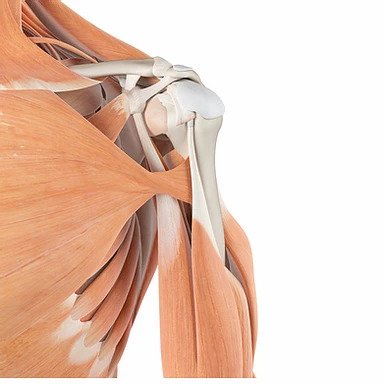Advanced movement analysis – helping my clients get the most from exercise!

As a personal trainer and fitness coach, it is important to be able to analyse movement patterns of my clients and spot any dysfunction in day to day activities like walking, running or bending, or more exercise specific movements like squats and lunges.
I work with a variety of clients from regular exercisers to complete beginners and I see a few common issues like client’s knees drifting in when they are squatting or lunging.
On 22nd and 23rd January, I attended a two-day course to learn about advanced movement analysis.
Joint movement comes from the muscles, tendons and ligaments attached to bones and they shorten or lengthen to cause the action. If these actions are performed incorrectly repeatedly over time, especially with weights added, they can lead to injury. Fortunately, and unfortunately the body is very good at compensating for dysfunction in joint movements so that we can continue to move our bodies but the compensation can lead to multiple issues in surrounding joints.
We started day one of the course by covering the landmarks of different bones in the body. Muscles, tendons and ligaments attach to different section of the bones in the body and work to move the specific joint. We recapped how the central nervous system sends electrical signals to the muscles to control the movement.
Essential Anatomy 5 App.
Next, we looked in detail at the joints in the body from the foot to the shoulder. We analysed the ankle and how we can spot dysfunction that might occur, from the placement of the foot when standing and looking for asymmetry between the two feet in the arches of the feet. It was really interesting to learn all about how to observe joint actions and see whether a smaller arch in the feet (flat feet) causes issues further up in the knee joint.

We moved our focus past the knee up to the hips. We discussed what movement actions happen around the pelvis and what the markers to watch out for in movement. It was fascinating to discover how different the pelvis can be in individuals and not just between the two sexes.
We looked in detail at the spine and what movement occurs where and how the vertebrae are different for the various roles that they play. The vertebrae in the neck are small and allow us to turn our head. Whereas the lumber vertebrae are larger than the others as they bear the weight in the trunk and allow very limited rotation.

It’s fascinating how complex the shoulder unit is and how it allows such a varied movement range. Did you know it is made up of two very different joints, the ball and socket joint and the shoulder blade unit.
The two joints and each contributes certain movements around the top line of the body. The ball and socket joint allows for a certain amount of abduction (increasing the angle of the arm at the arm pit) but the shoulder blade unit allows for the rest of the movement.
The two joints combined give us the full raising of the arm up and down in front of the body (flexion and extension) and at the side of the body (abduction and adduction), shrugging of the shoulders (elevation and depression) and the forward and backwards movement of the shoulders (protraction and retraction).
Fully understanding the movements at each joints and the muscles that are working to create this movements allows us to diagnose which muscles are likely tight and/or under-active and that results in the movement dysfunction that that we observe when our clients are preforming exercises. Once a likely diagnosis has been made, stretches and strengthening exercises can be added into training sessions.
The two days were a mix of learning and practical. As a personal trainer, I feel it is my responsibility to my clients to continue to learn through continued professional development courses like this one. It is important to find a training provider that provides quality education and I am lucky that there is a local branch of Drummond Education near me in.
There was a mix of other personal trainers, weight lifting coaches, Pilates instructors and yoga instructors on the course. Meeting people with different teaching and coaching backgrounds means we had lots of different perspectives to discuss and we could learn from each other’s experience.
There are lots of different apps and resources that we have to help us but the best one I have installed now is shown above (see above). This is taken from Essential Anatomy 5. The app allows you to zoom in on specific joints and muscles to learn more about how they contribute to movements.
Do you feel tightness or restrictions in any of your day to day mobility or exercise movements?
Why not book in for a free movement analysis and consultation to discuss options to help ease your symptoms as part of a wider training programme.
Contact me – info@revolutions.fit
